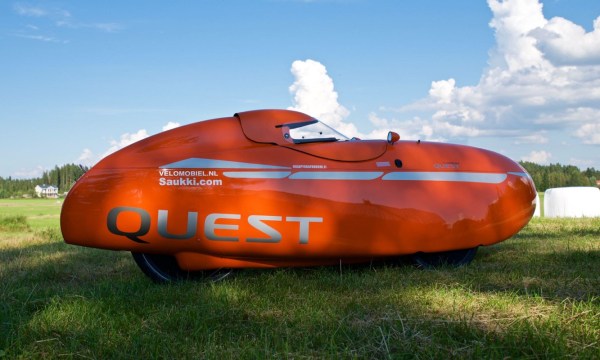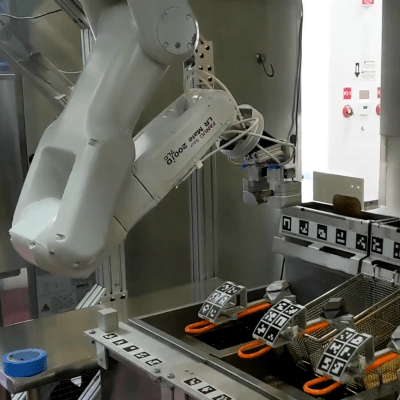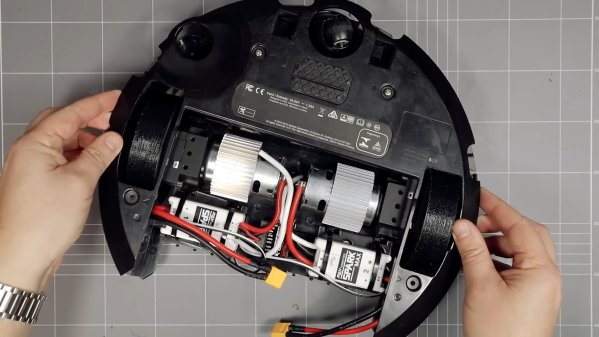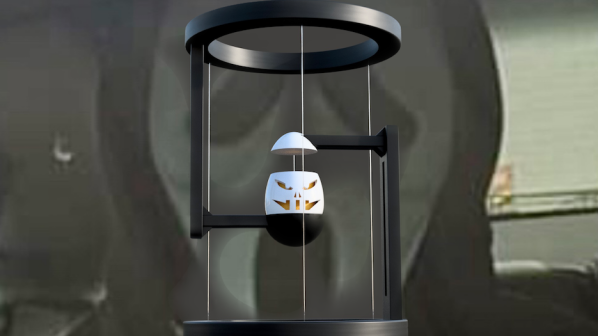We all know that it’s sometimes better to beg forgiveness than ask permission to do something, and we’ll venture a guess that more than a few of us have taken that advice to heart on occasion. But [Todd Humphreys] got the order of operations a bit mixed up with his attempt to leverage the Starlink network as a backup to the Global Positioning System, and ended up doing some interesting reverse engineering work as a result.
The story goes that [Todd] and his team at the University of Texas Austin’s Radionavigation Lab, on behalf of their sponsors in the US Army, approached Starlink about cooperating on a project to make their low-Earth orbit constellation provide position, navigation, and timing capabilities. Although initially interested in the project, Starlink honcho [Elon Musk] put the brakes on things, leaving [Todd]’s team high and dry. Not to be dissuaded, they bought a Starlink user terminal, built what amounts to a small radiotelescope — although we’ve seen something similar done with just an RTL-SDR — and proceeded to reverse-engineer the structure of Starlink’s Ku-band downlink signal. The paper (PDF link) on their findings is densely packed with details, such as the fact that Starlink uses an orthogonal frequency-division multiplexing (OFDM) scheme.
It’s important to note that their goal was not to break encryption or sniff in on user data; rather, they wanted access to the synchronization and timing signals embedded in the Starlink data structures. By using this data along with the publically available ephemera for each satellite, it’s possible to quickly calculate the exact distance to multiple satellites and determine the receiver’s location to within 30 meters. It’s not as good as some GPS-Starlink hacks we’ve seen, but it’s still pretty good in a pinch. Besides, the reverse engineering work here is well worth a read.
Thanks to [Adrian] for the tip!

















